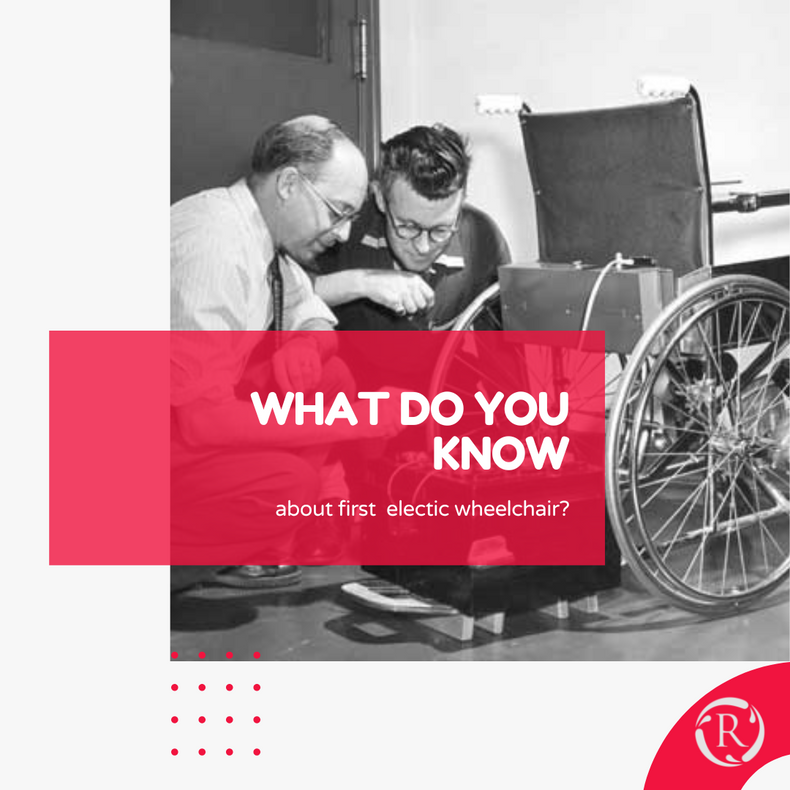Klein (left) and his NRC colleague Robert Owens with an early prototype. Photo courtesy National Research Council of Canada.
Atypical collaboration is at the core of thousands of innovations in the healthcare engineering field and more than a few involve Klein. But one of the most vivid examples is the development of the first mass-produced electric wheelchair — a design known in its day as “The Klein Chair.”
One of those Second World War survivors was John Counsell, a Canadian officer shot through the back at Dieppe. He would live the rest of his life with paraplegia. At first satisfied with manual wheelchairs, it became clear to Counsell that quadriplegics would need something more. His advocacy, and Canada’s particular commitment to health care and veterans support, came together in the post-war period to manifest as a request to NRC and Klein to build an entirely new wheelchair.
Klein considered the project to be the most rewarding of his career. In the end, he developed a unique package of technologies including the joystick, tighter turning systems and separate wheel drives that are still features of electric wheelchairs today. After Canadian veterans were provided with their electric chairs, an international effort was made to engage manufacturers. This culminated in the formal transfer of the prototype chair to the United States Ambassador to Canada and the head of the U.S. Department of Veterans Affairs with patent-free rights to encourage production in the U.S. Within a few years, major wheelchair manufacturing companies had embraced the technology and made it available to disabled civilians en masse.
That prototype wheelchair was kept at the Smithsonian in Washington for years, but returned to Canada in 2004 and is now part of the Canada Science and Technology Museum collection in Ottawa. When visitors look at it in the display case, they are informed not only of Klein, but also that the wheelchair was a project that engaged health-care workers, doctors, therapists, mechanical designers, electrical engineers, administrators and, uniquely, the patients.

